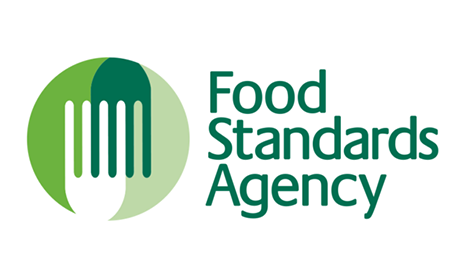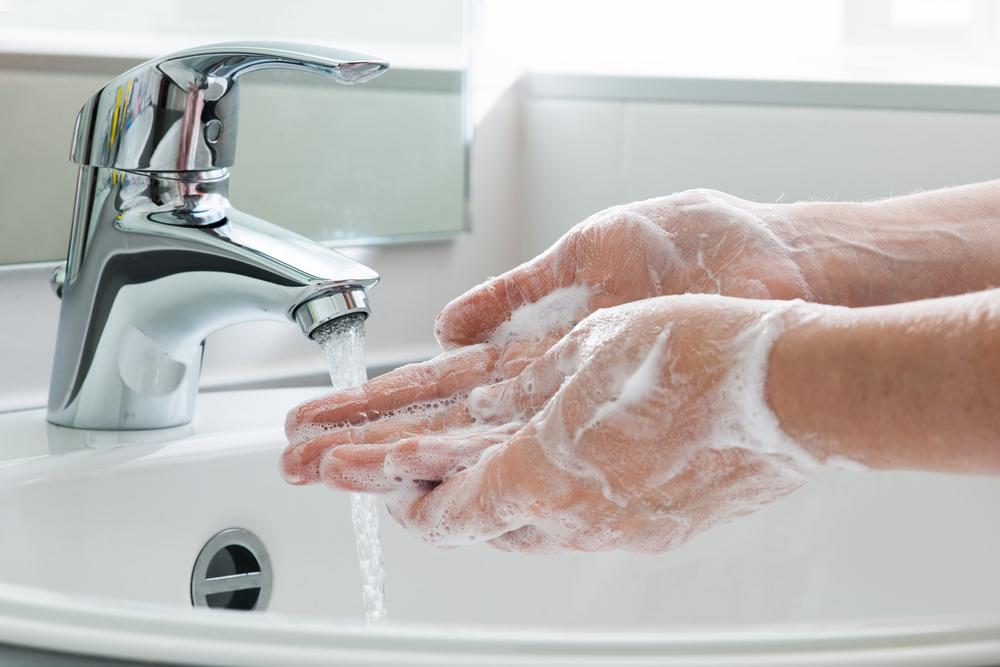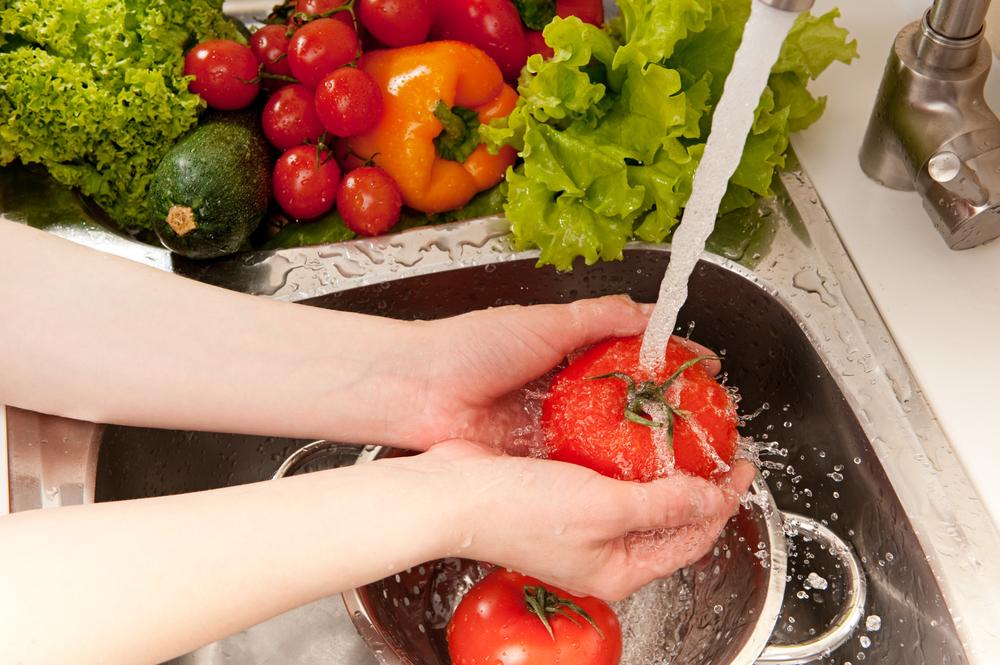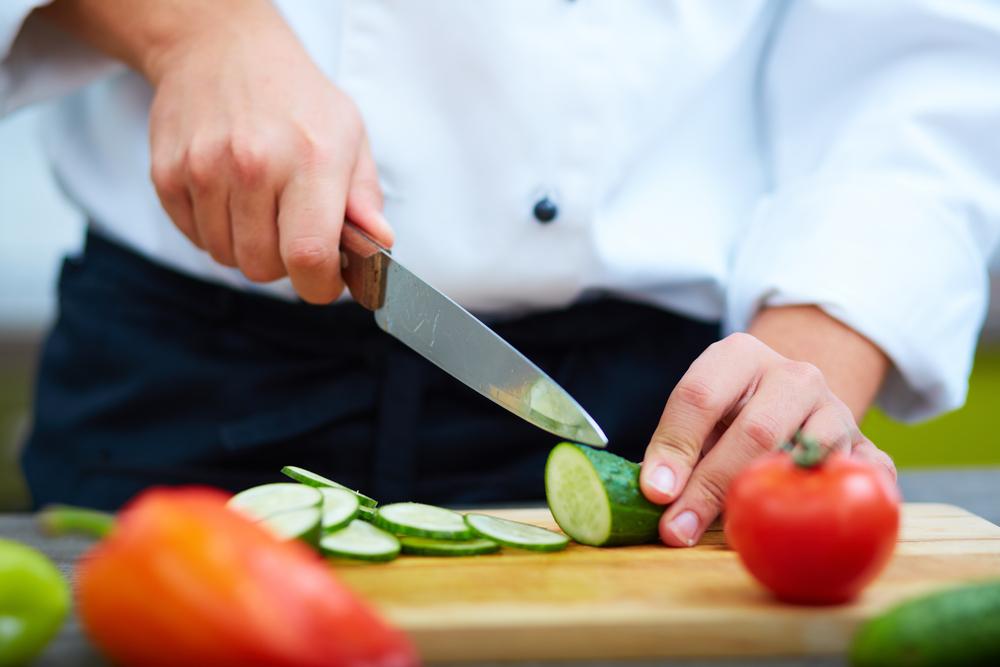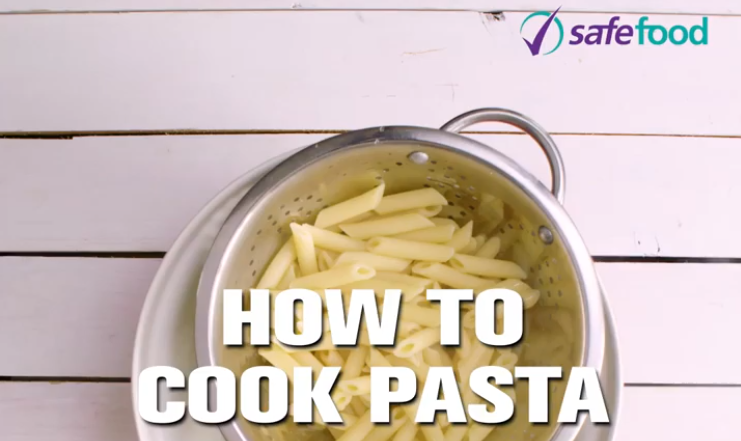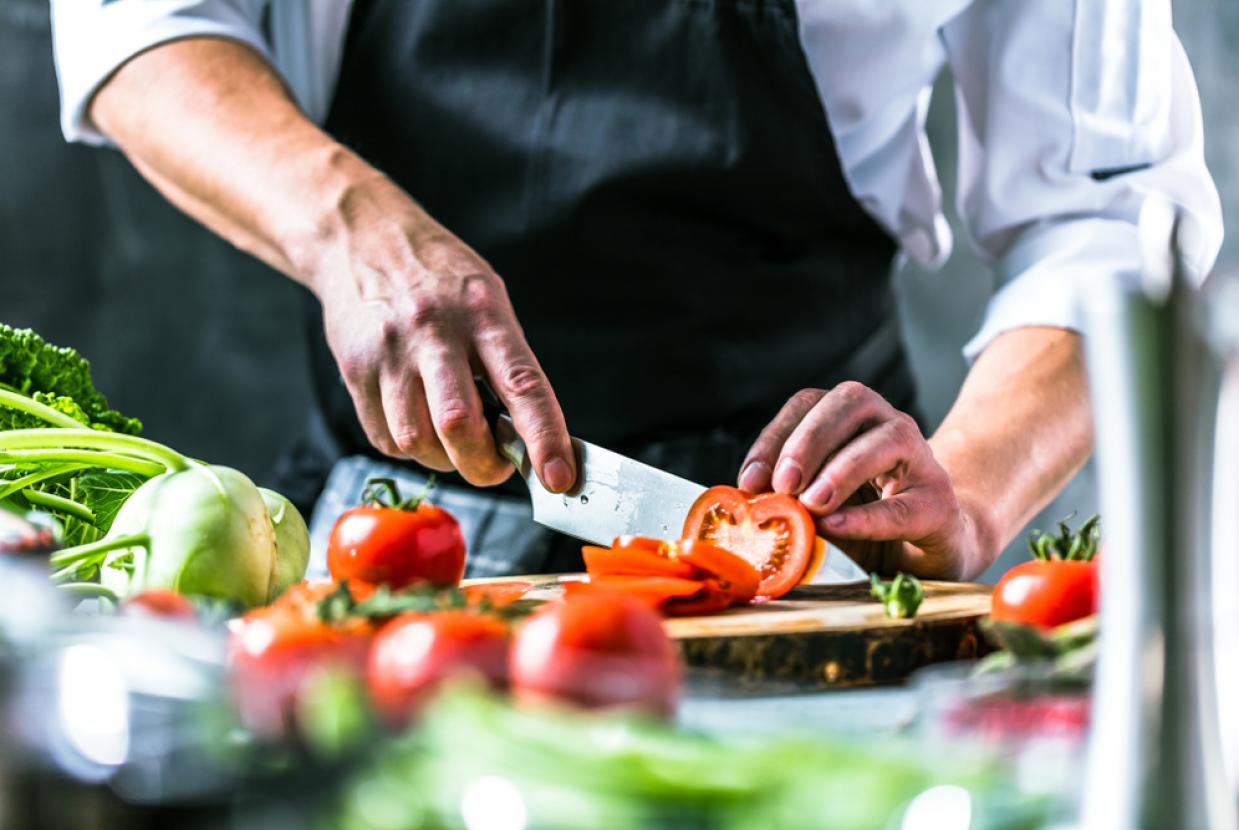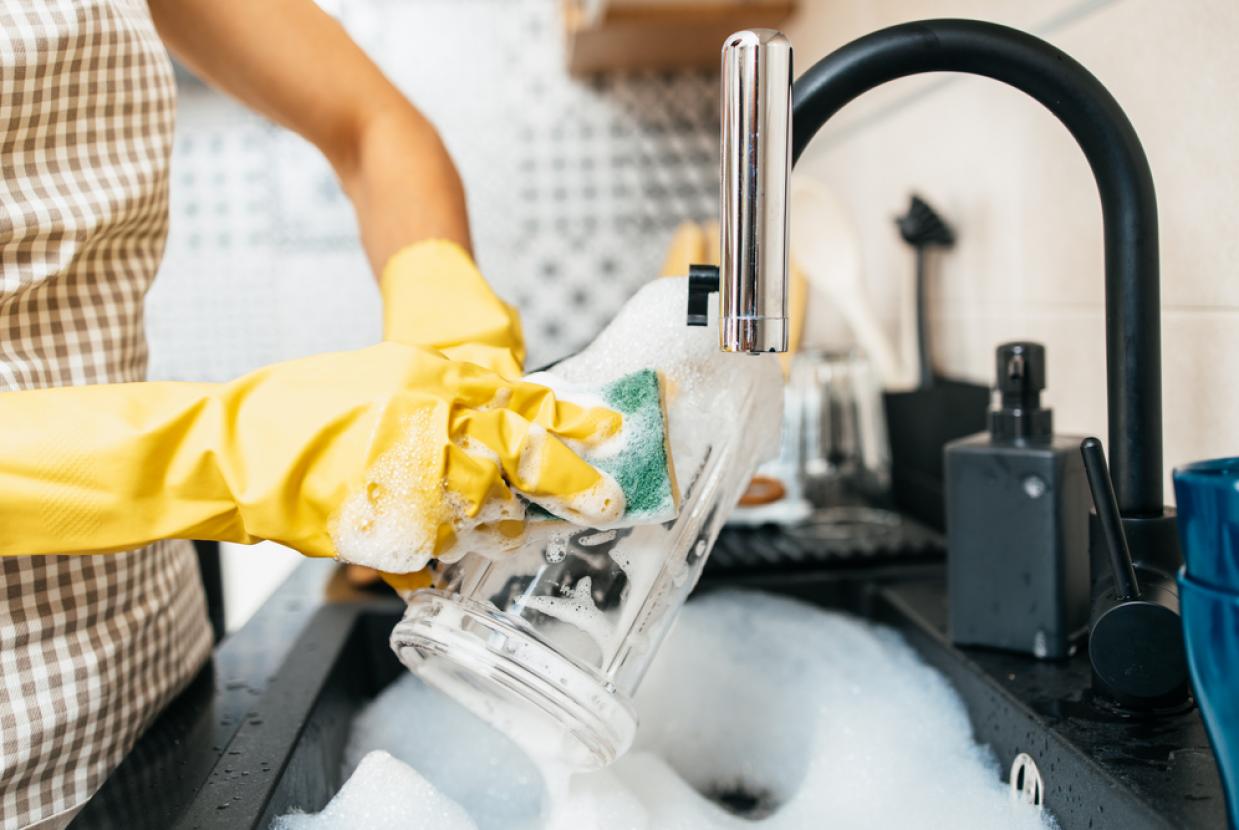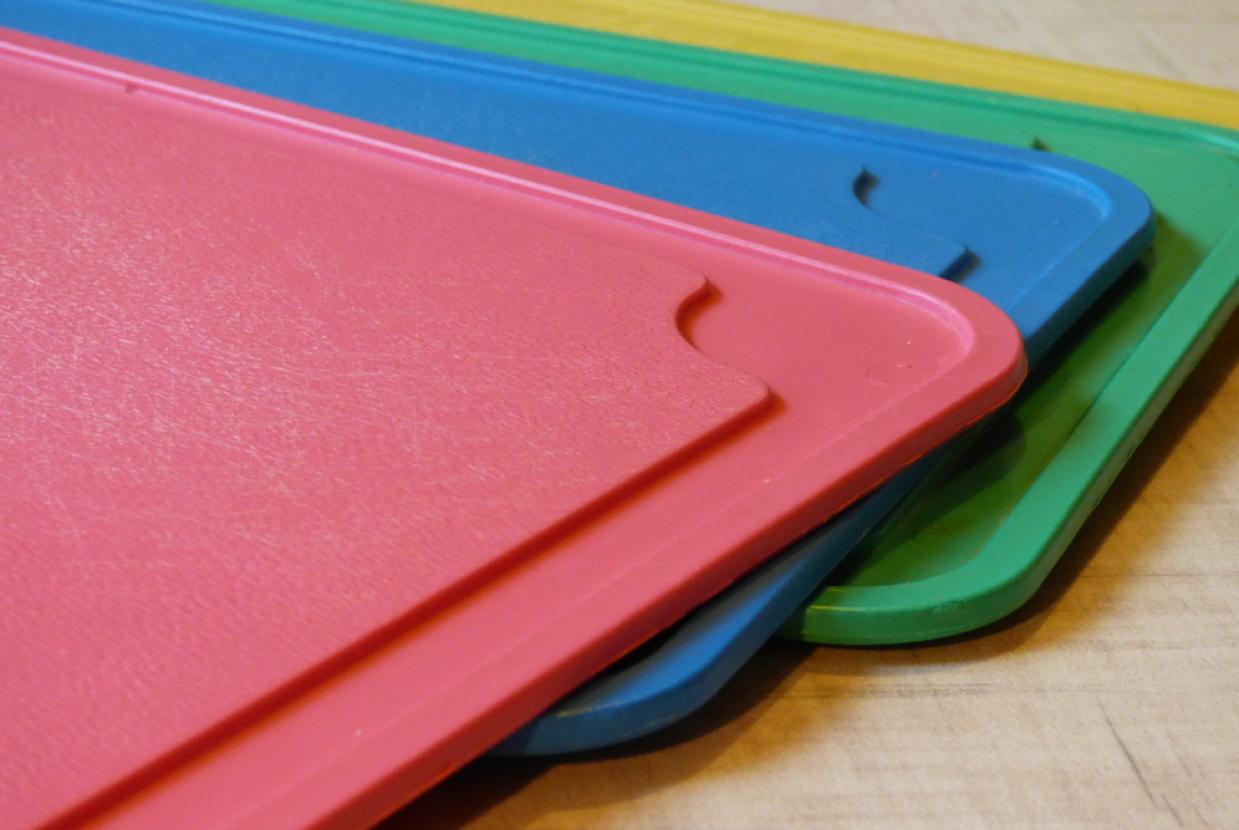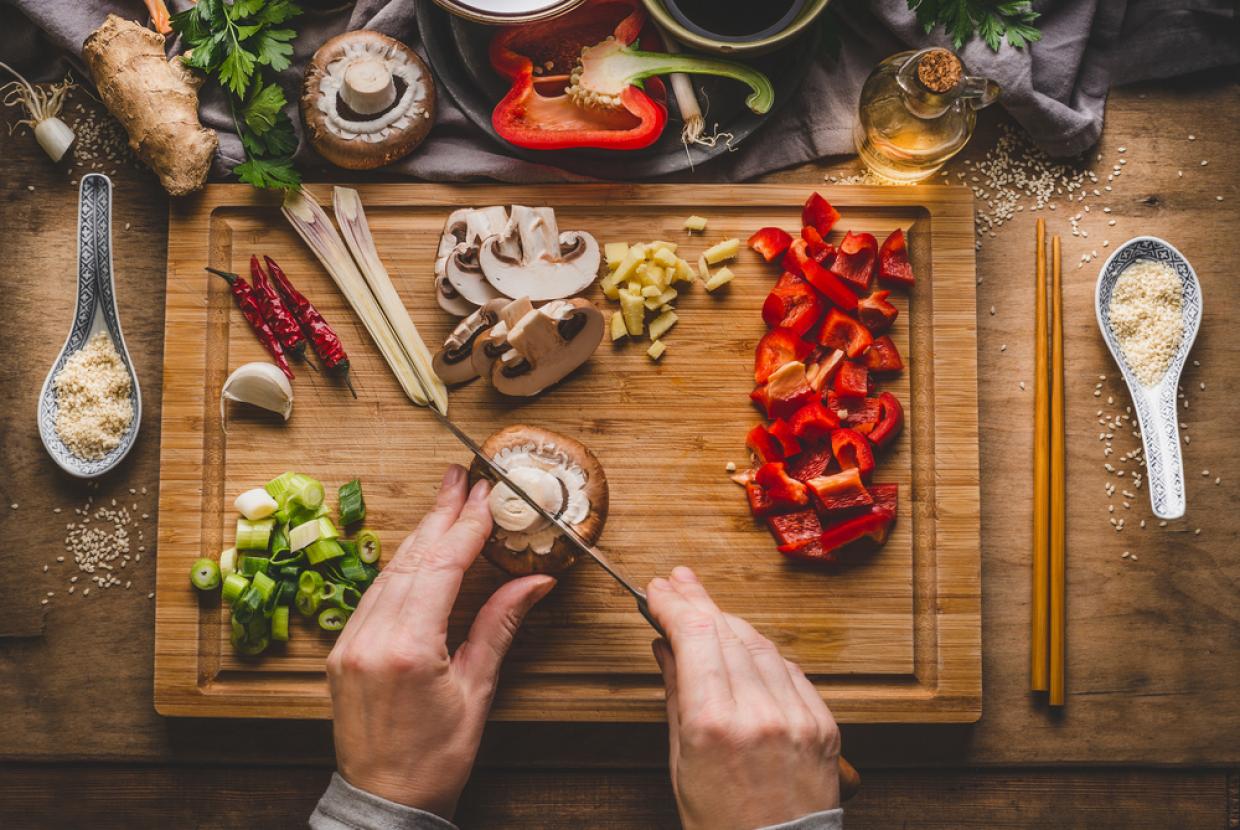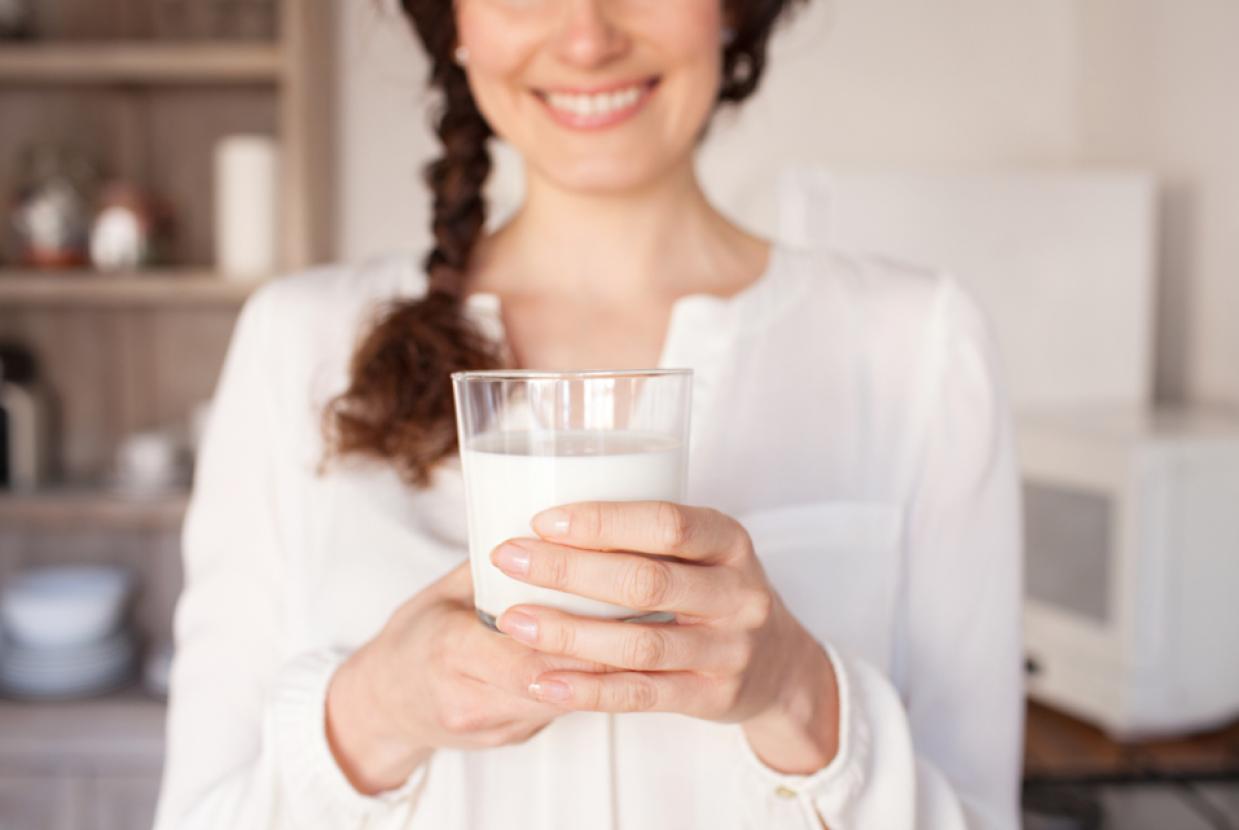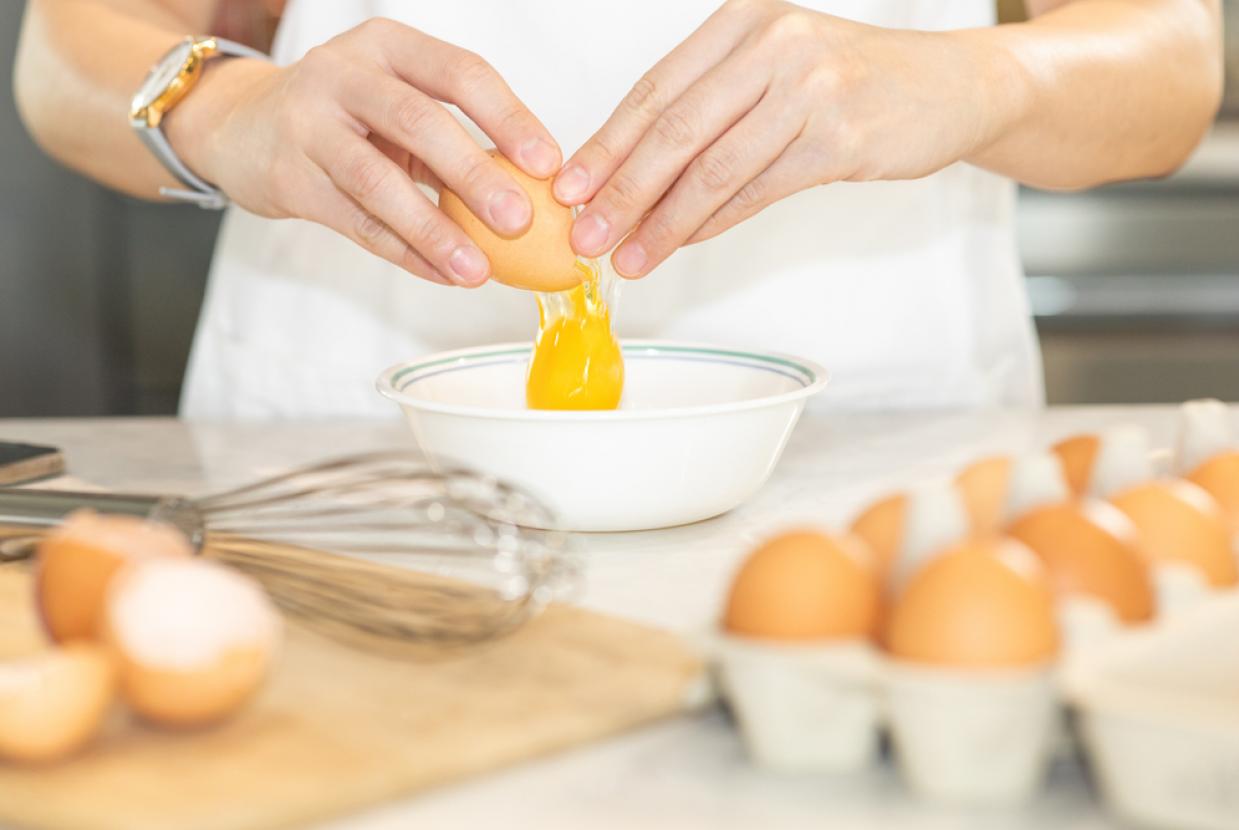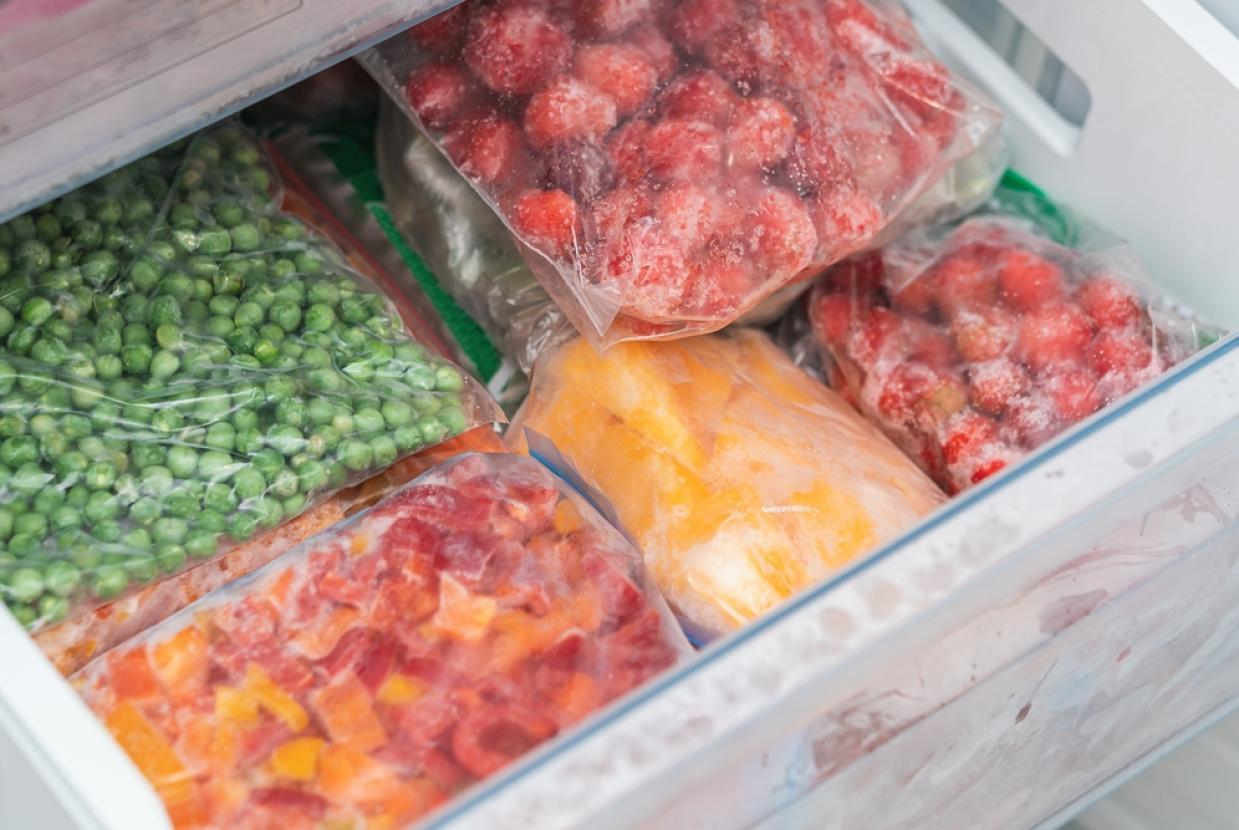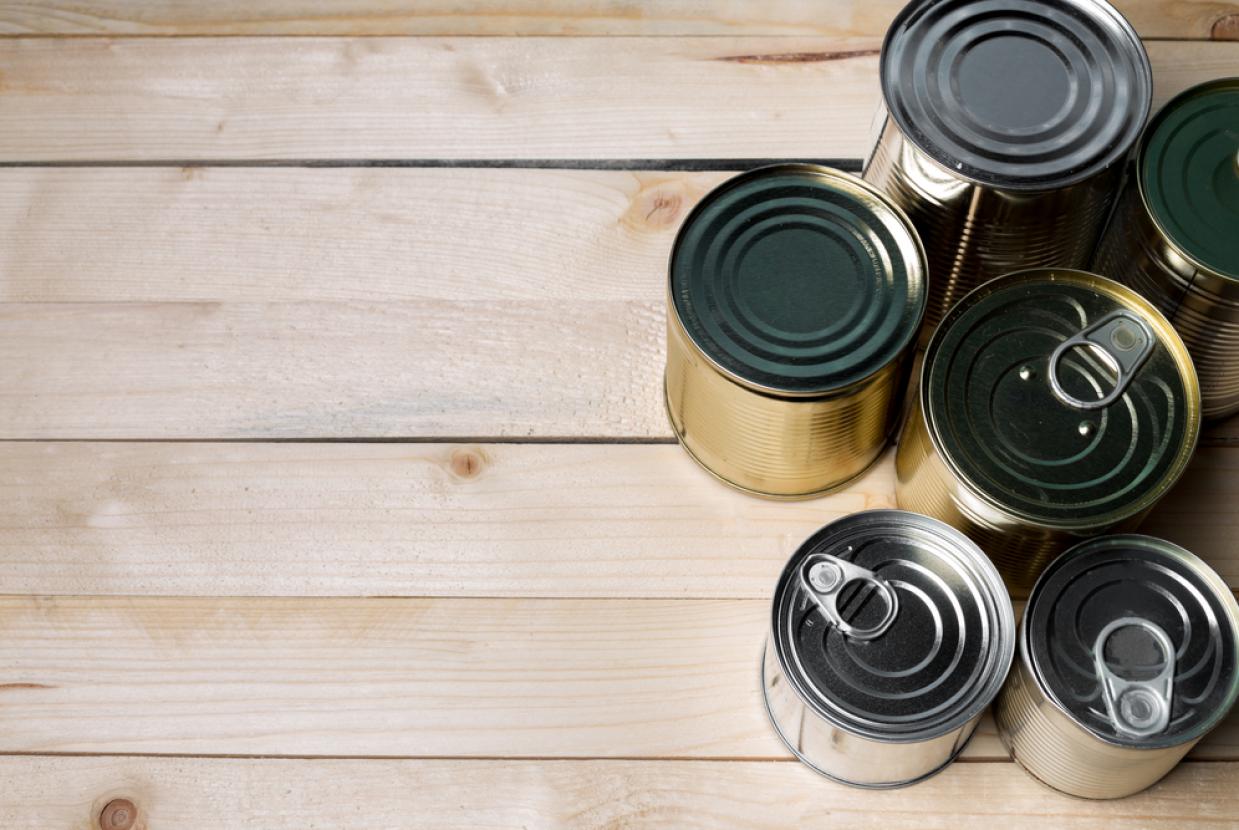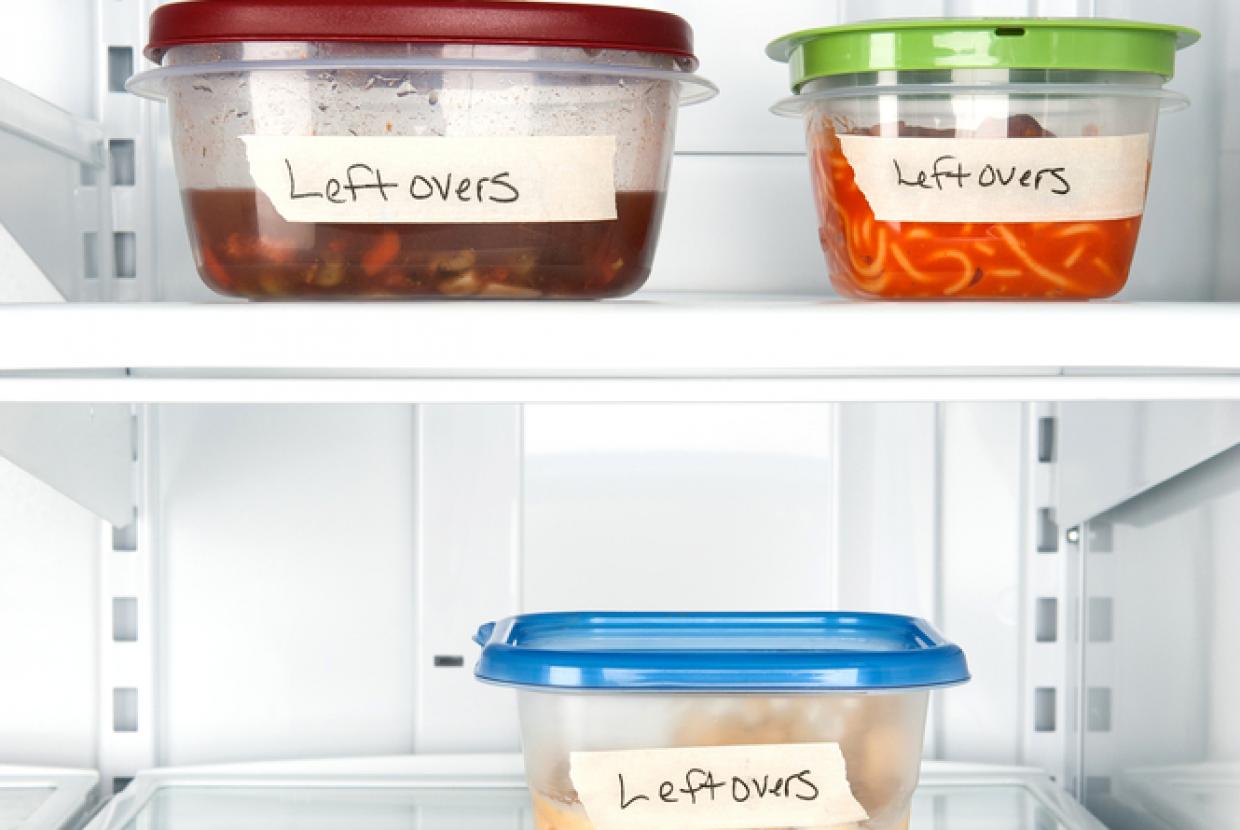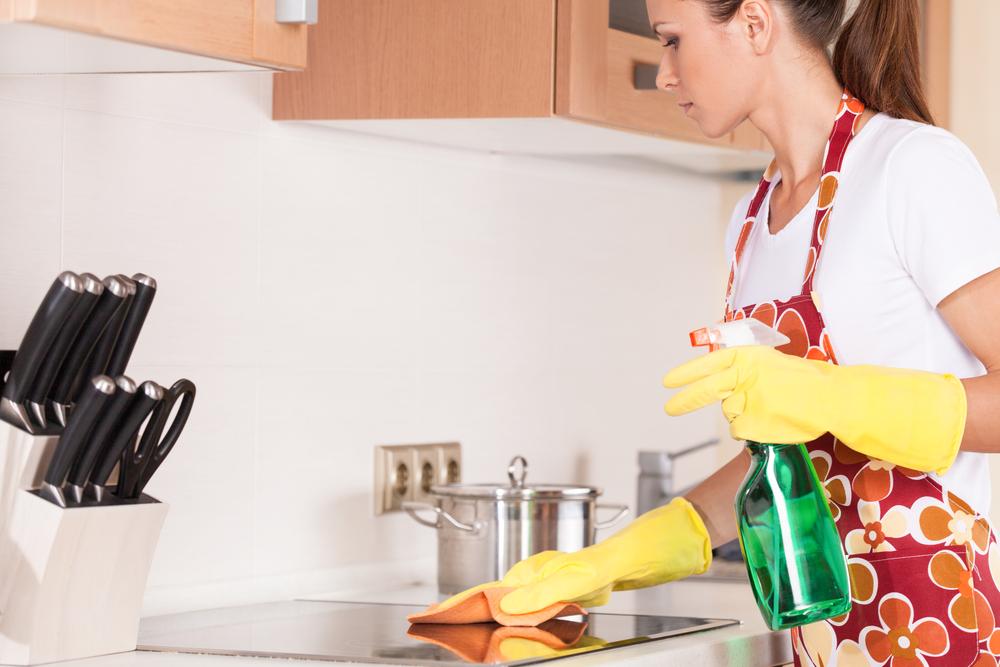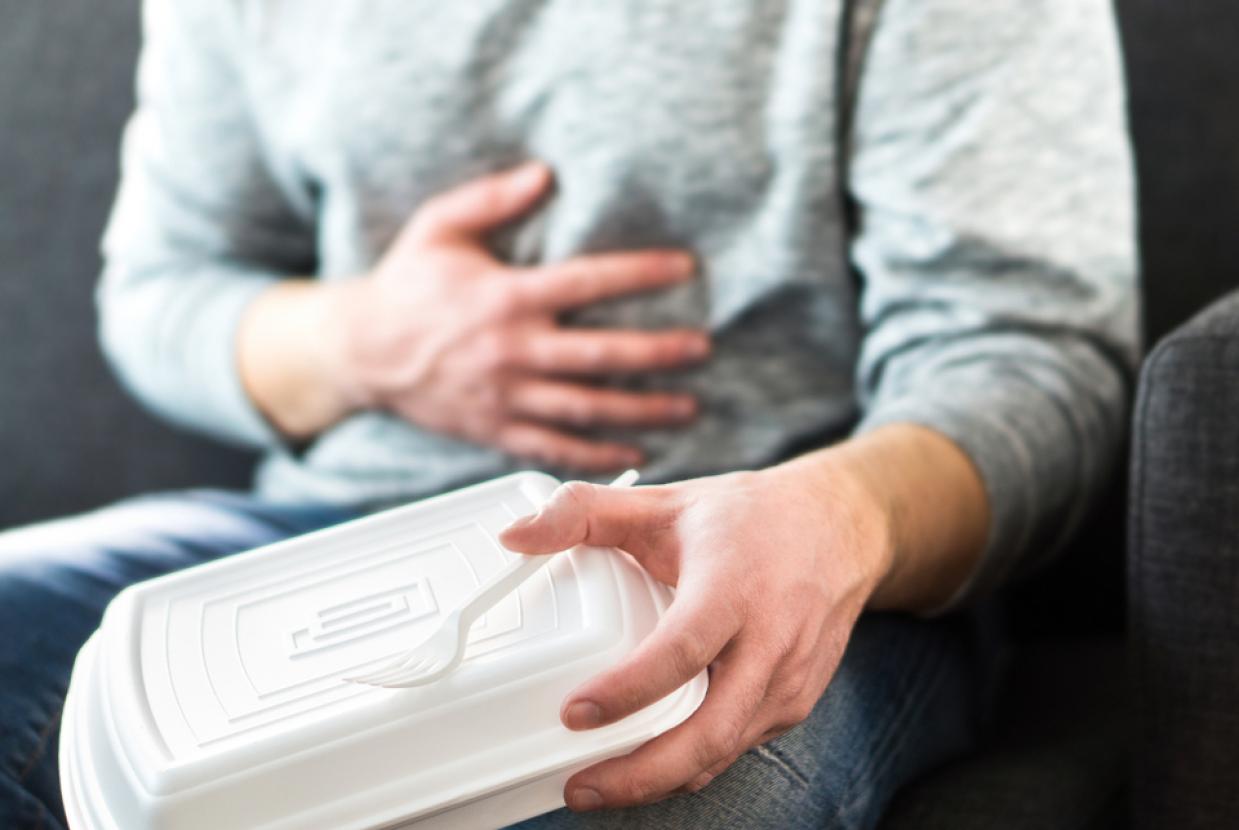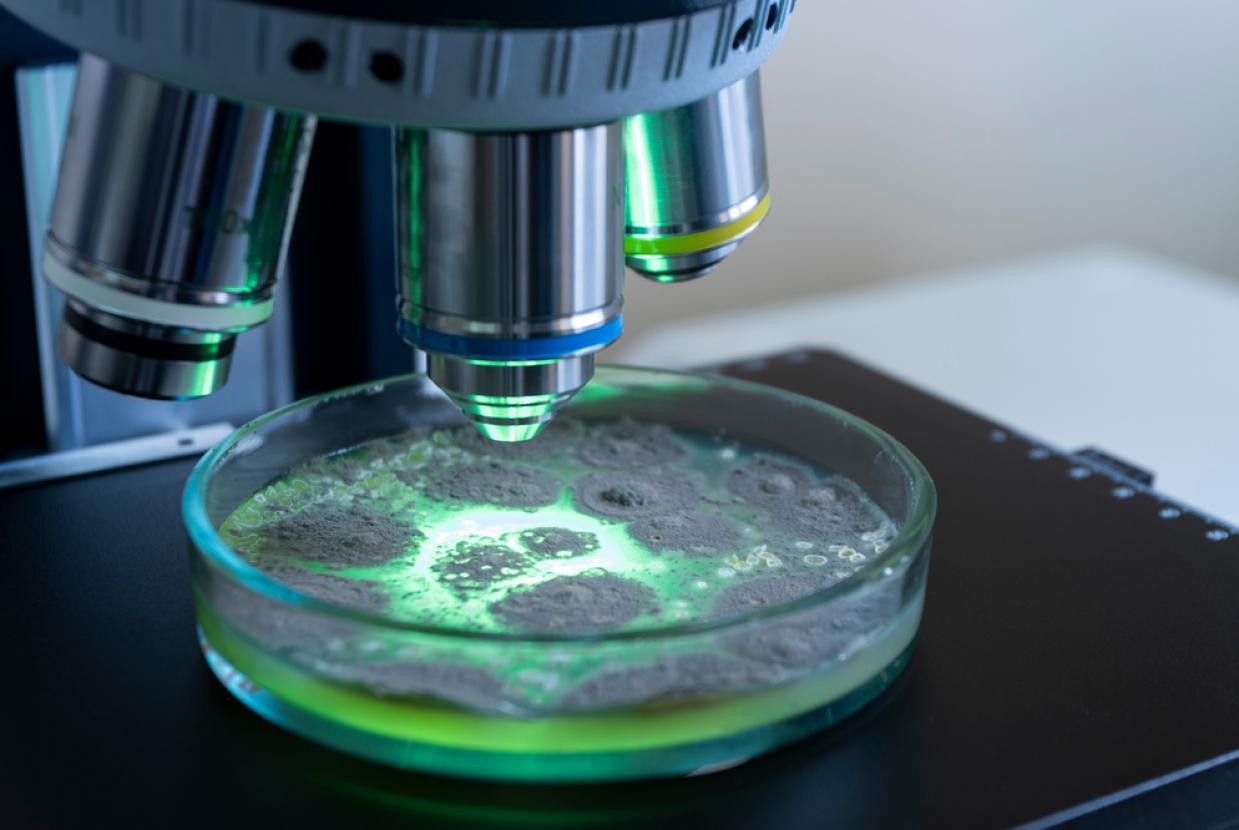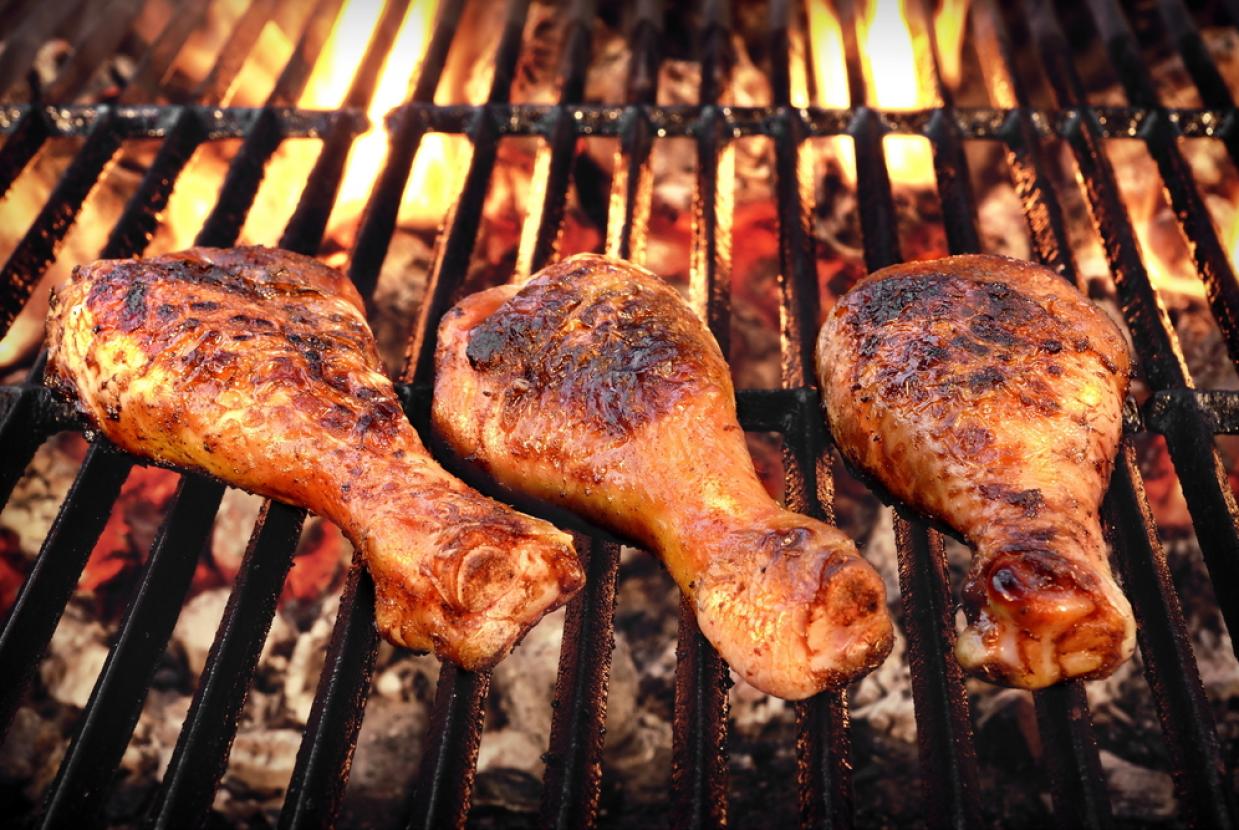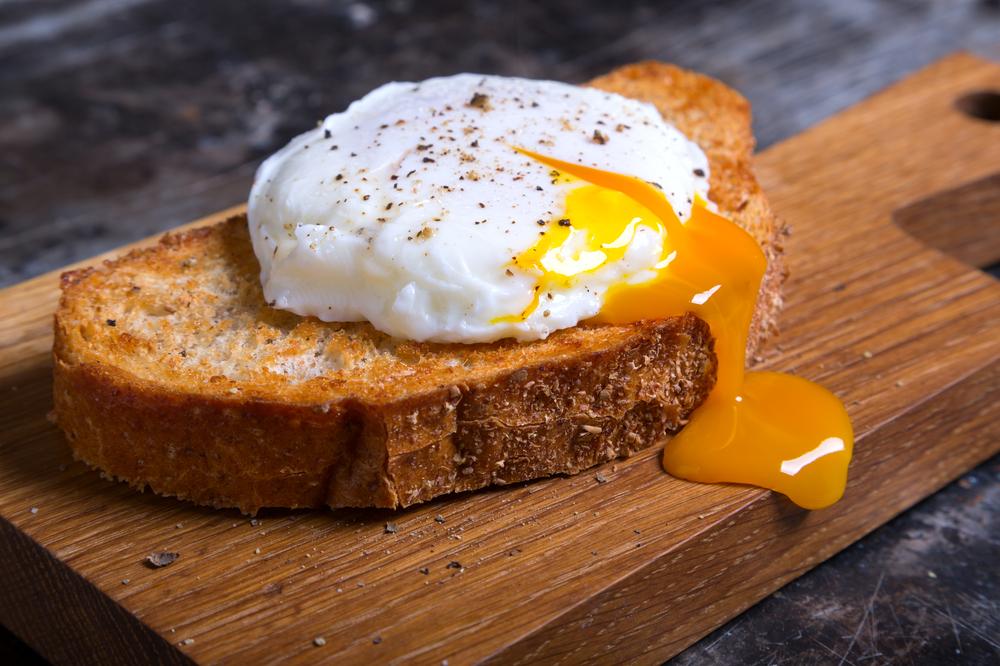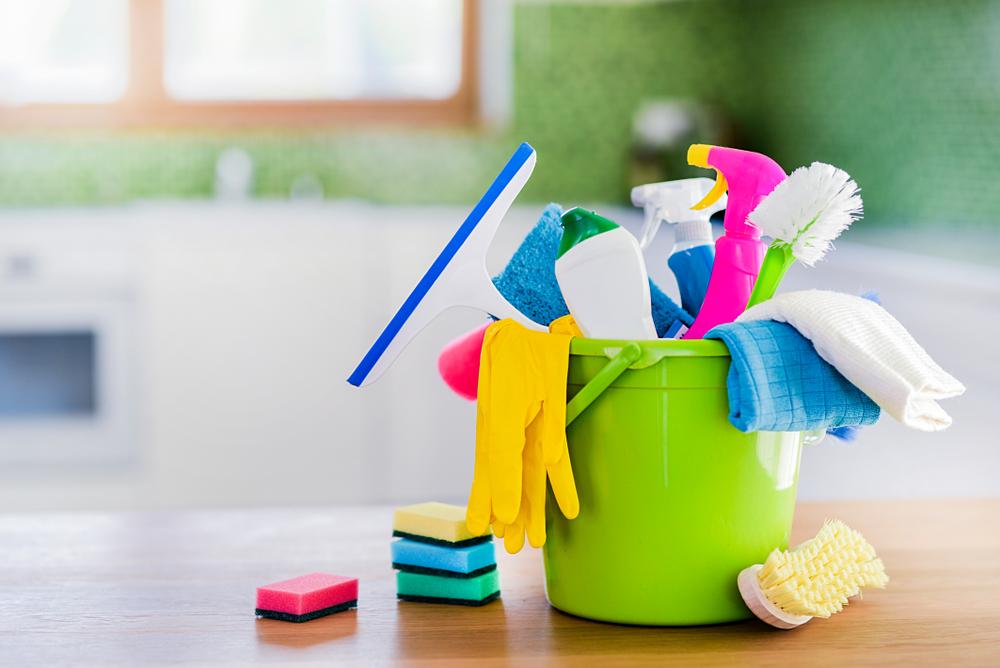Keeping Food Safe On A Picnic
Food SafetyIn the spring-time, there’s nothing nicer than eating a picnic in the fresh air. But when we take food outdoors, it can be easy to let our usual food hygiene standards slip, bringing the risk of food poisoning. So, it’s really important to remember the 4Cs:
- chilling
- cleaning
- cooking
- avoiding cross-contamination
Keep things clean on a picnic
Wash fresh fruits (including those with rinds) and vegetables thoroughly under running tap water before packing them in the cool box.
Wash your hands before preparing your picnic and, where possible, before eating it. If it’s not possible to wash your hands at your picnic site, use a wet wipe to clean your hands. Then use a sanitiser on top to sterilise them.
Chill your picnic food
The time between preparing dishes and eating them tends to be longer than normal when you’re picnicking. So, plan ahead to keep your food cool until you’re ready to eat. Any foods which you would usually keep in the fridge at home also need to be kept cool on your picnic. This includes:
- any food with a use-by date
- cooked dishes
- prepared salads and sandwiches
- dairy products
- any ready to eat foods like dips
Place these foods in a cool box or cool bag with ice or frozen gel packs. Distribute these throughout the box or bag, not all at the bottom so that all the contents can be kept cold. You can also use frozen drinks to help keep your cool box cold. Store cold food below 8°C to prevent bacteria from growing.
Also, try and minimise the number of times you open your cool box. This helps to keep the contents cold for longer. For example, if you’re using more than one cool box, pack perishable foods in one and drinks in another.
Take out cold food only as you need it. This will not only be safer, but will mean that any food not eaten is kept at the right temperature to be enjoyed later.
Pack away your picnic once you’ve eaten
Once you’ve served up your picnic, put any remaining food back in the cool box to keep cool. If you’re out for less than four hours and the food still feels cool when you get home, you can put it back in your fridge. After four hours or more at warm temperatures (8 °C and above), the risk from bacteria increases, and food may become unsafe to eat.
To reduce food waste, work out portion sizes and the size of your party, and only pack what you need.
Understanding food poisoning
Many people mistakenly think that food poisoning is just a passing ‘tummy bug’ but it can be very serious. Find out more about the symptoms of food poisoning and what to do if someone has severe symptoms. Food poisoning can be caused by various bacteria including:
- Campylobacter
- Salmonella
- Listeria
- E. coli
Most people with food poisoning recover at home and don’t need any specific treatment.


